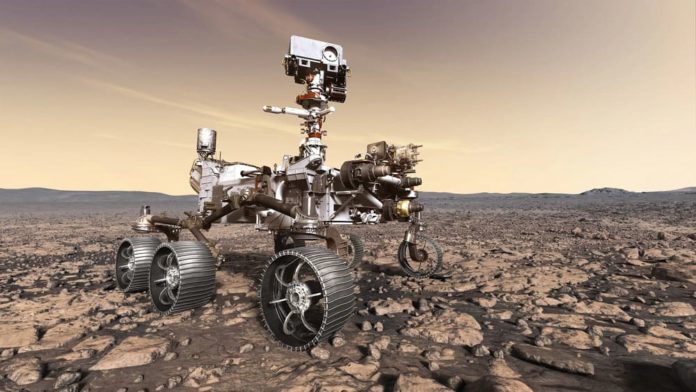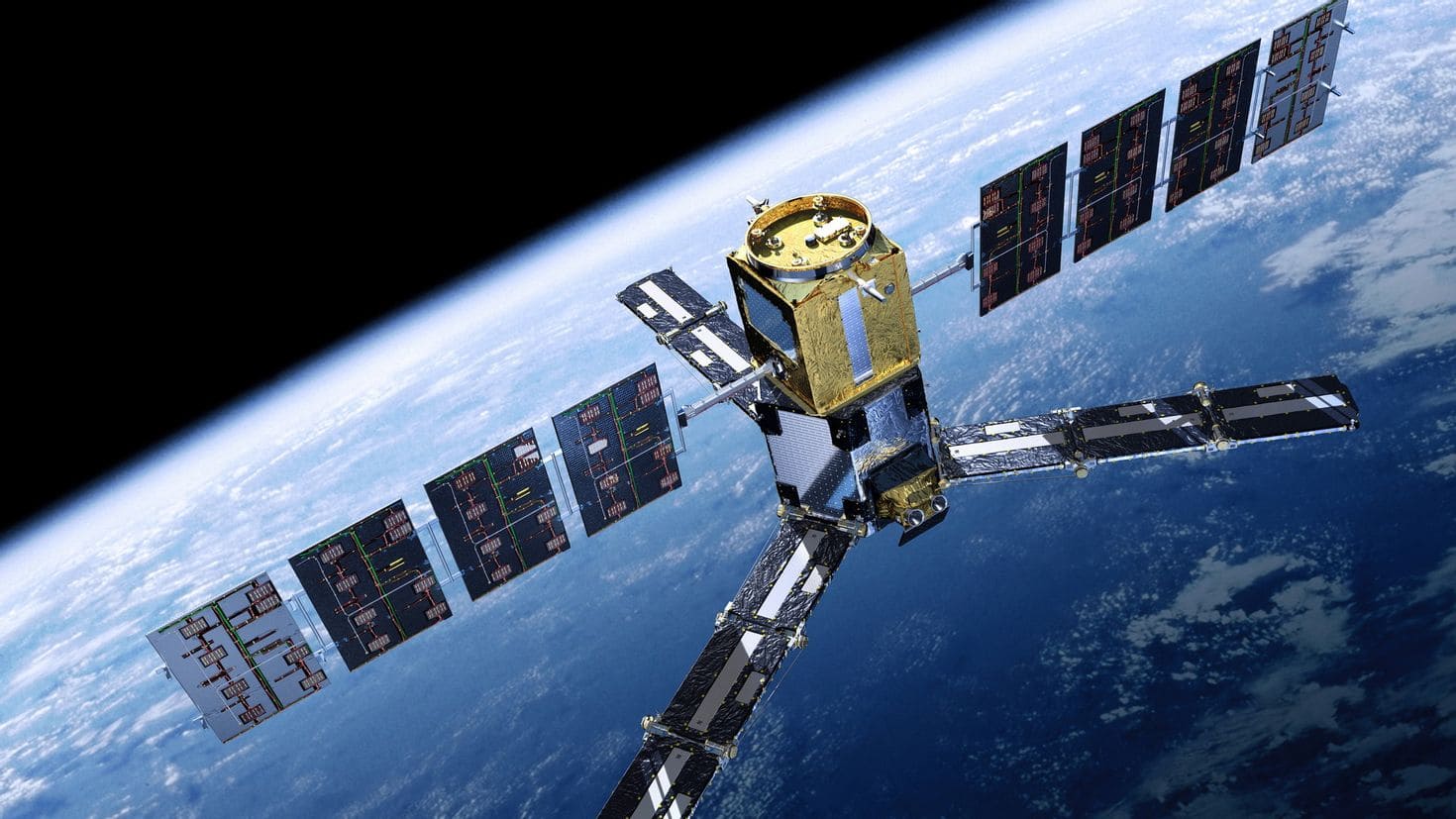The exploration of Mars has been a key objective for space agencies around the world, and robotics has played a crucial role in achieving this goal. Robotic missions, which include rovers, landers, and probes, have allowed scientists to gather valuable data about the Martian surface, atmosphere, and potential for past or present life. These missions provide insights that are not only scientifically valuable but also pave the way for future human exploration. Below is a detailed overview of how each type of robotic mission contributes to our understanding of Mars.
Rovers
Rovers are mobile robots specifically designed to traverse the Martian surface, conduct experiments, and relay data back to Earth. They have been instrumental in providing a detailed analysis of Mars.
- Mobility and exploration: rovers are equipped with wheels or tracks that allow them to navigate the Martian terrain. This mobility enables them to explore various geological features such as plains, craters, and mountains.
- Scientific instruments: rovers carry a suite of scientific instruments designed to study the planet’s geology, atmosphere, and potential signs of life. These instruments can include spectrometers, cameras, and environmental sensors.
- Notable rover missions:
- Sojourner: launched by NASA in 1996 as part of the Mars Pathfinder mission, Sojourner was the first successful rover to operate on Mars. It demonstrated the feasibility of rover technology on the Martian surface.
- Spirit and Opportunity: launched in 2003, these twin rovers provided key insights into the history of water on Mars and operated far beyond their expected lifespans.
- Curiosity: part of the Mars Science Laboratory mission launched in 2011, Curiosity is equipped with advanced scientific tools to study Martian climate and geology.
- Perseverance: launched in 2020, this rover focuses on astrobiology, including the search for signs of ancient microbial life. It also collects samples for potential return to Earth.
Landers
Landers are stationary platforms that touch down on the Martian surface, providing a stable base for conducting scientific research. Unlike rovers, landers do not move around but can carry more extensive scientific payloads due to their stationary nature.
- Purpose and design: landers are designed to perform in-depth studies of a specific location on Mars. They carry instruments to analyze the soil, monitor the weather, and conduct seismological studies.
- Notable lander missions:
- Viking 1 and 2: launched in 1975, these were the first U.S. missions to land on Mars. They conducted experiments to search for signs of life and provided high-resolution images of the surface.
- Phoenix: launched in 2007, this mission studied the history of water and habitability potential in the Martian arctic’s ice-rich soil.
- InSight: launched in 2018, InSight focuses on studying the interior of Mars, providing data on seismic activity and the planet’s internal structure.
Probes
Probes are unmanned spacecraft designed to perform flybys or enter orbit around Mars, gathering data from above the planet’s surface. They offer a broader perspective on Martian atmosphere and climate.
- Purpose and capabilities: probes are equipped with a range of scientific instruments to study the planet’s atmosphere, magnetic field, and surface from orbit. They provide essential data for understanding global patterns and long-term climate changes.
- Notable probe missions:
- Mariner 4: launched in 1964, it was the first successful mission to fly by Mars, providing the first close-up images of the Martian surface.
- Mars Reconnaissance Orbiter (MRO): launched in 2005, MRO has provided high-resolution imaging of the surface and helped in selecting landing sites for other missions.
- MAVEN: launched in 2013, this mission studies the Martian atmosphere and climate, providing insights into how the planet’s atmosphere has changed over time.
Contributions to Mars exploration
Robotic missions have been invaluable in advancing our understanding of Mars. Key contributions include:
- Geological insights: analysis of rock and soil samples has helped scientists understand the planet’s history and its potential to support life.
- Water exploration: evidence of past water activity, including ancient riverbeds and minerals that form in water, has been discovered, suggesting Mars once had conditions suitable for life.
- Climate and weather: data on Martian weather patterns and atmospheric composition is critical for planning future human missions.
- Astrobiology: experiments searching for organic molecules and other biosignatures provide clues about the possibility of life beyond Earth.
Future prospects
As technology continues to advance, future robotic missions to Mars will focus on sample return missions and further exploration of the planet’s habitability. These missions will not only enhance our scientific understanding of Mars but also prepare for the eventual human exploration of the Red Planet. Innovations in robotics will continue to drive the success of these missions, enabling humanity to unlock the mysteries of Mars and beyond.



